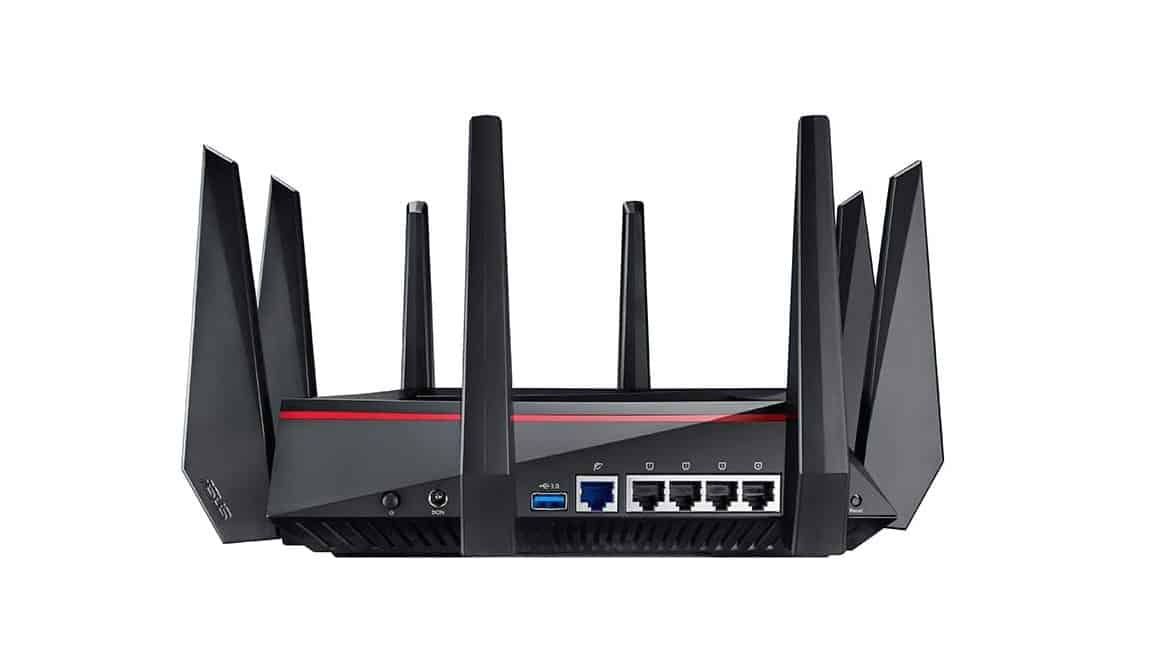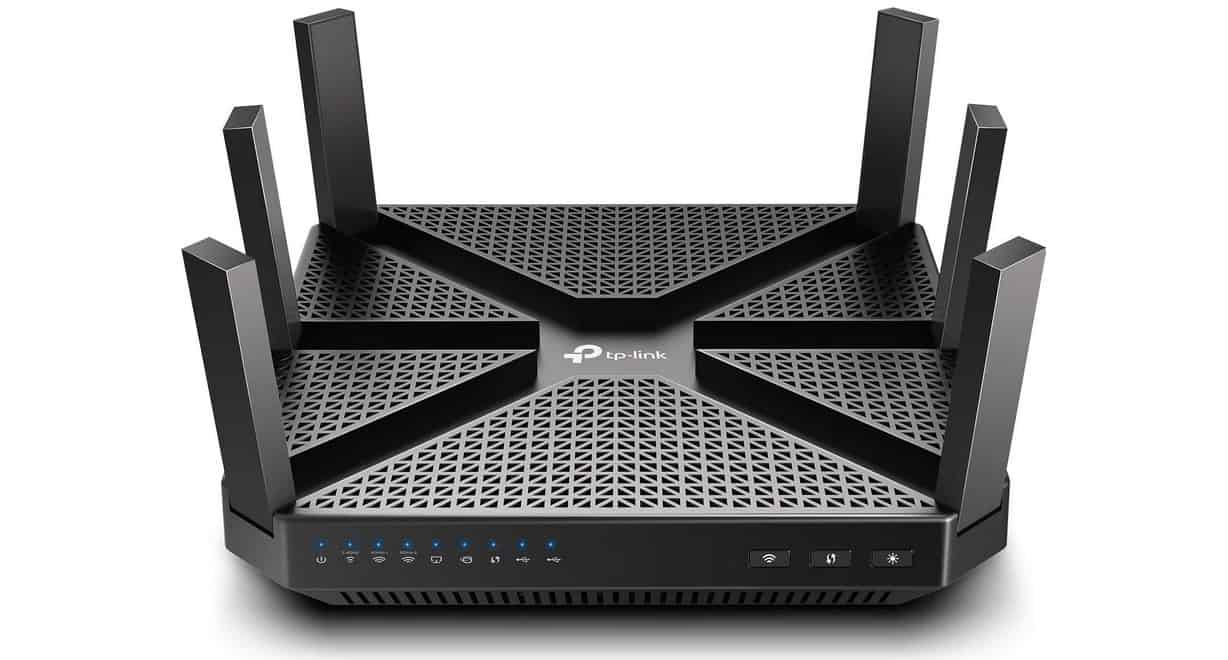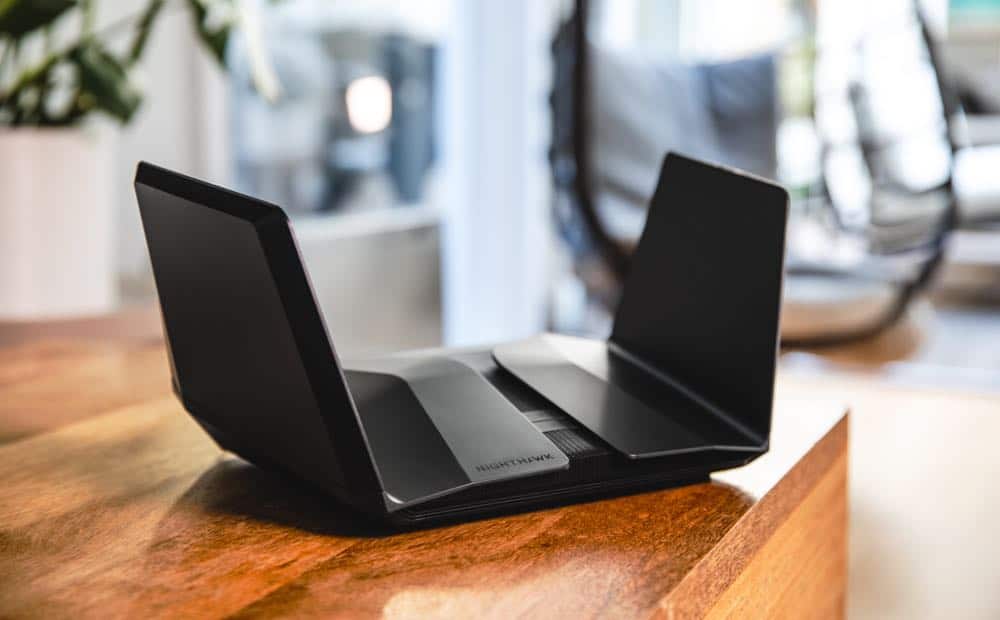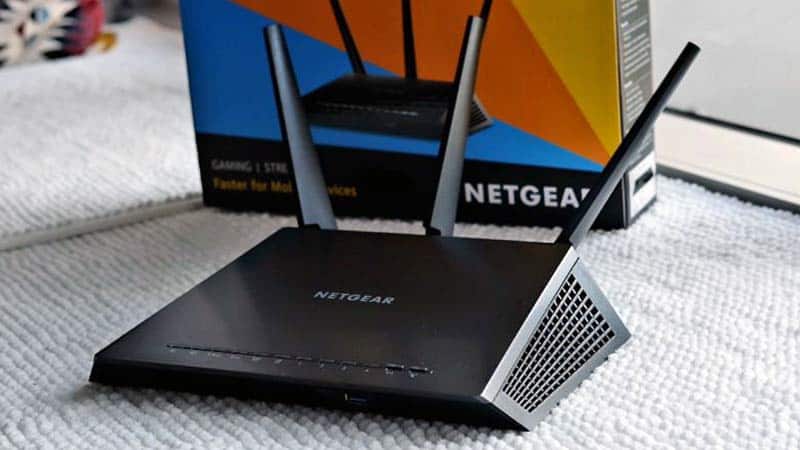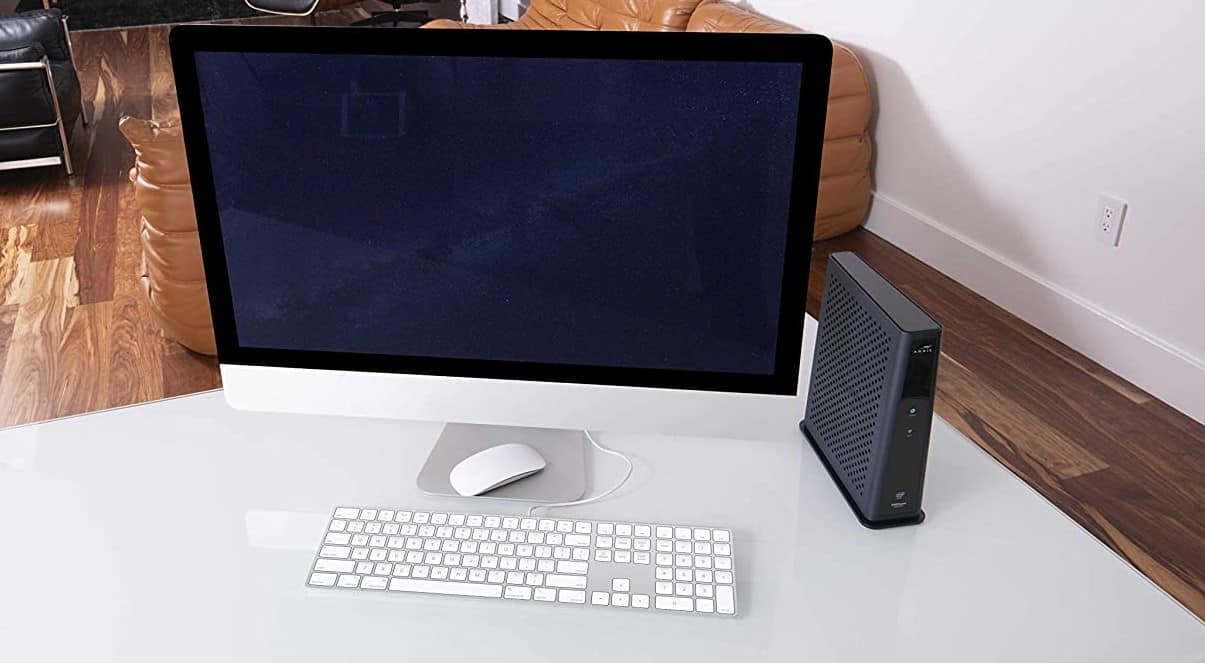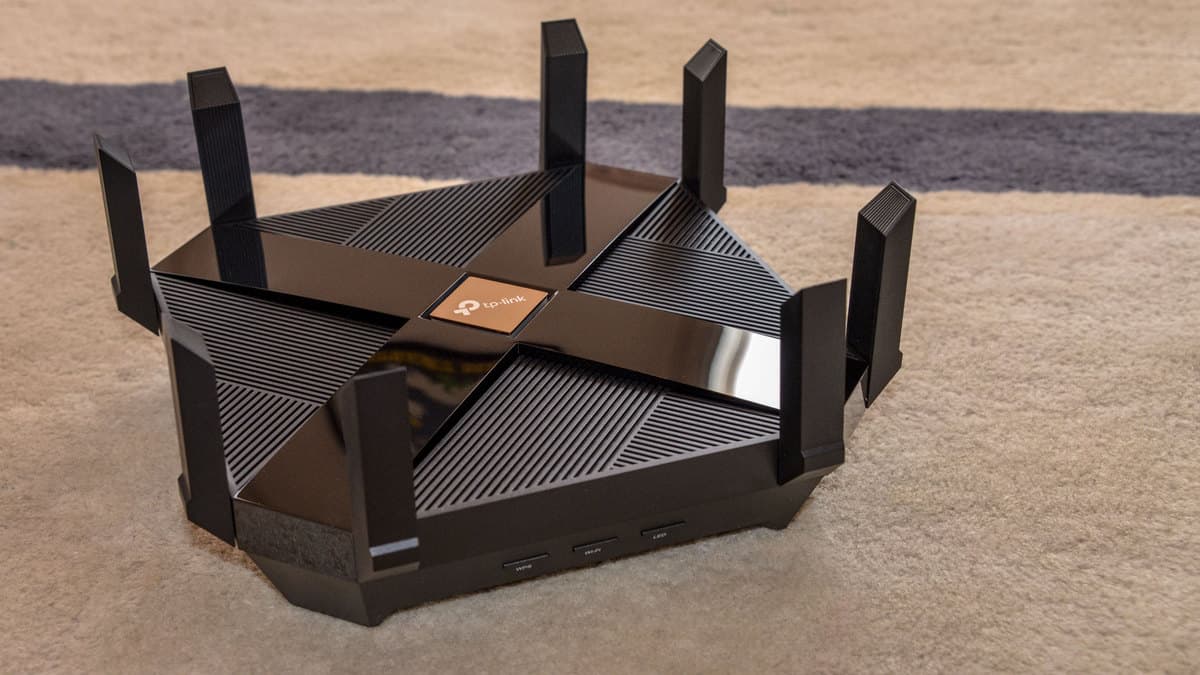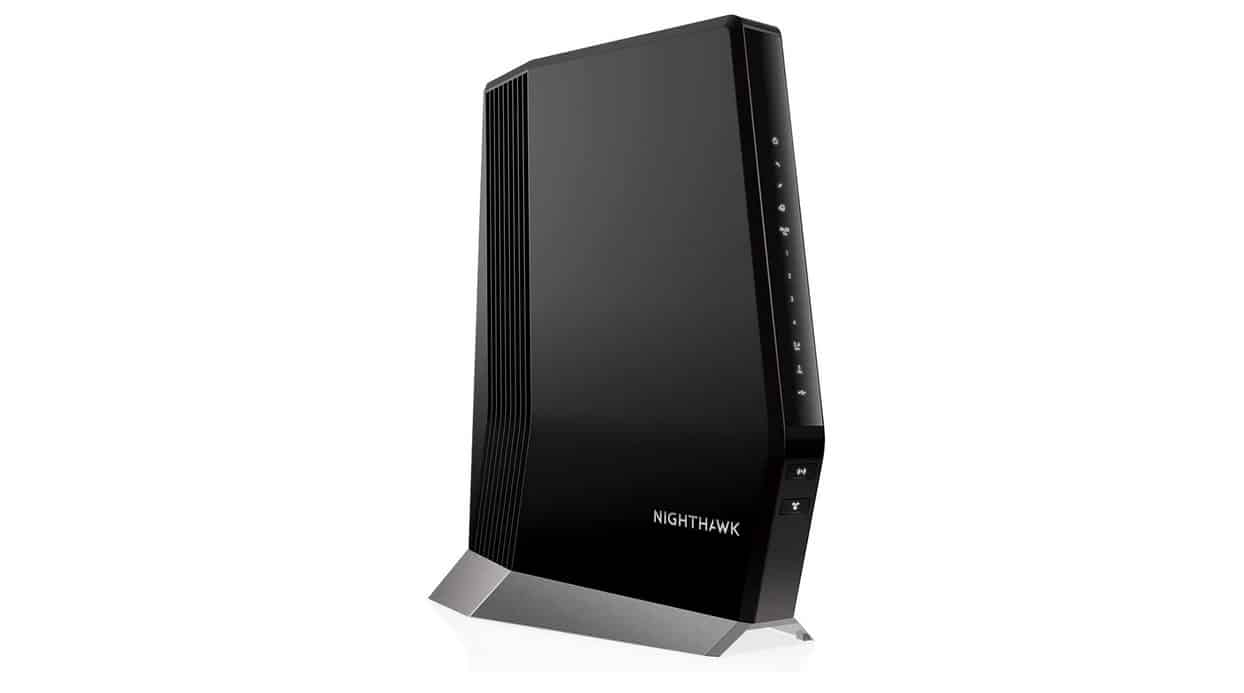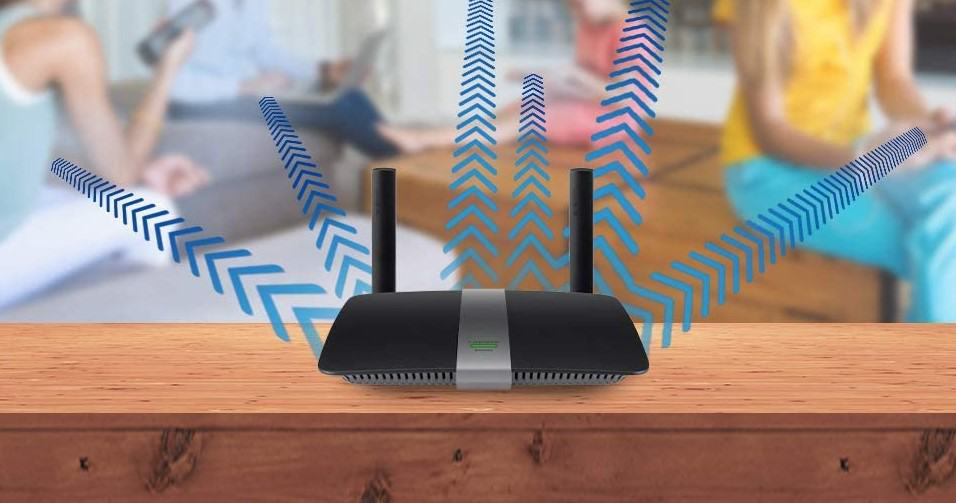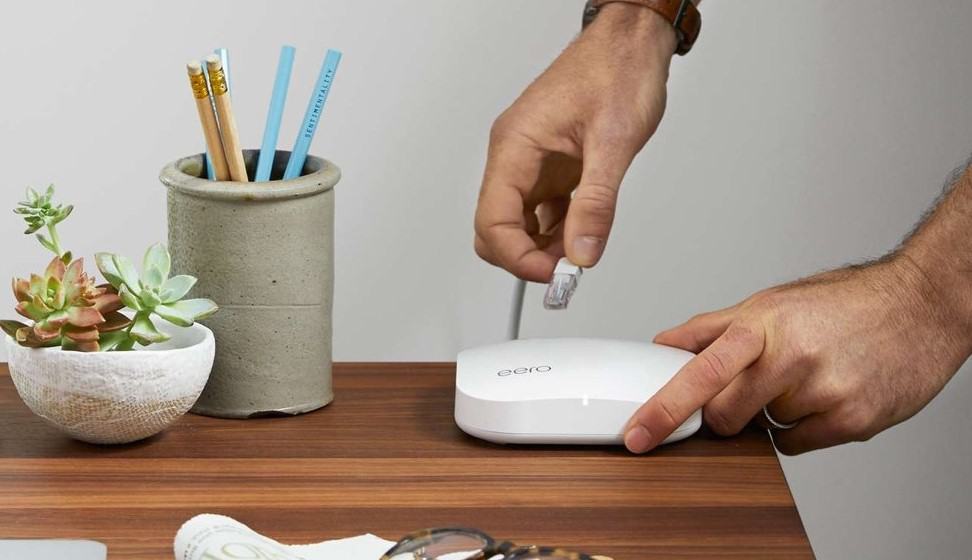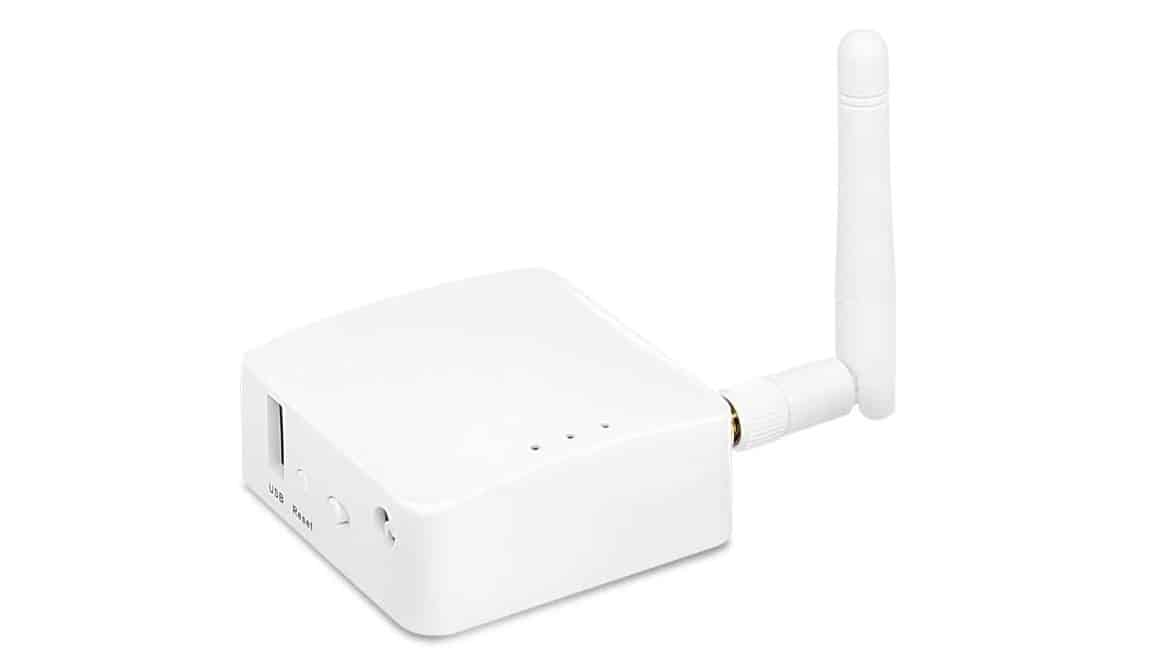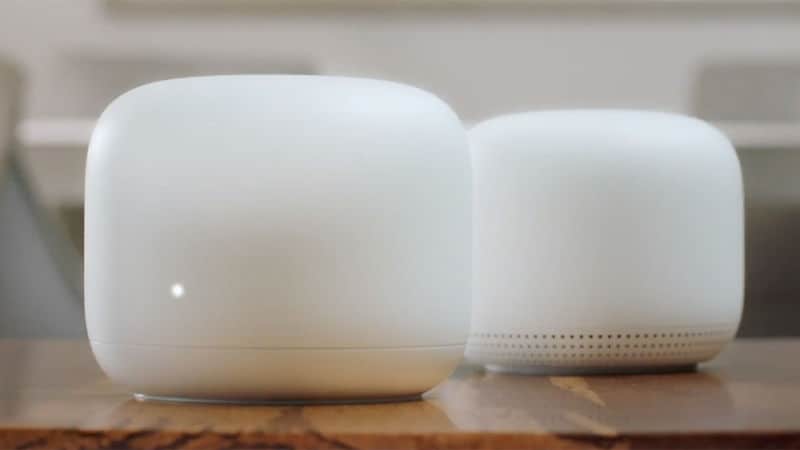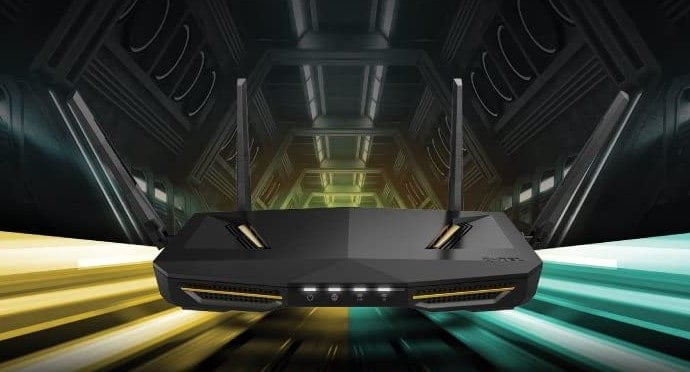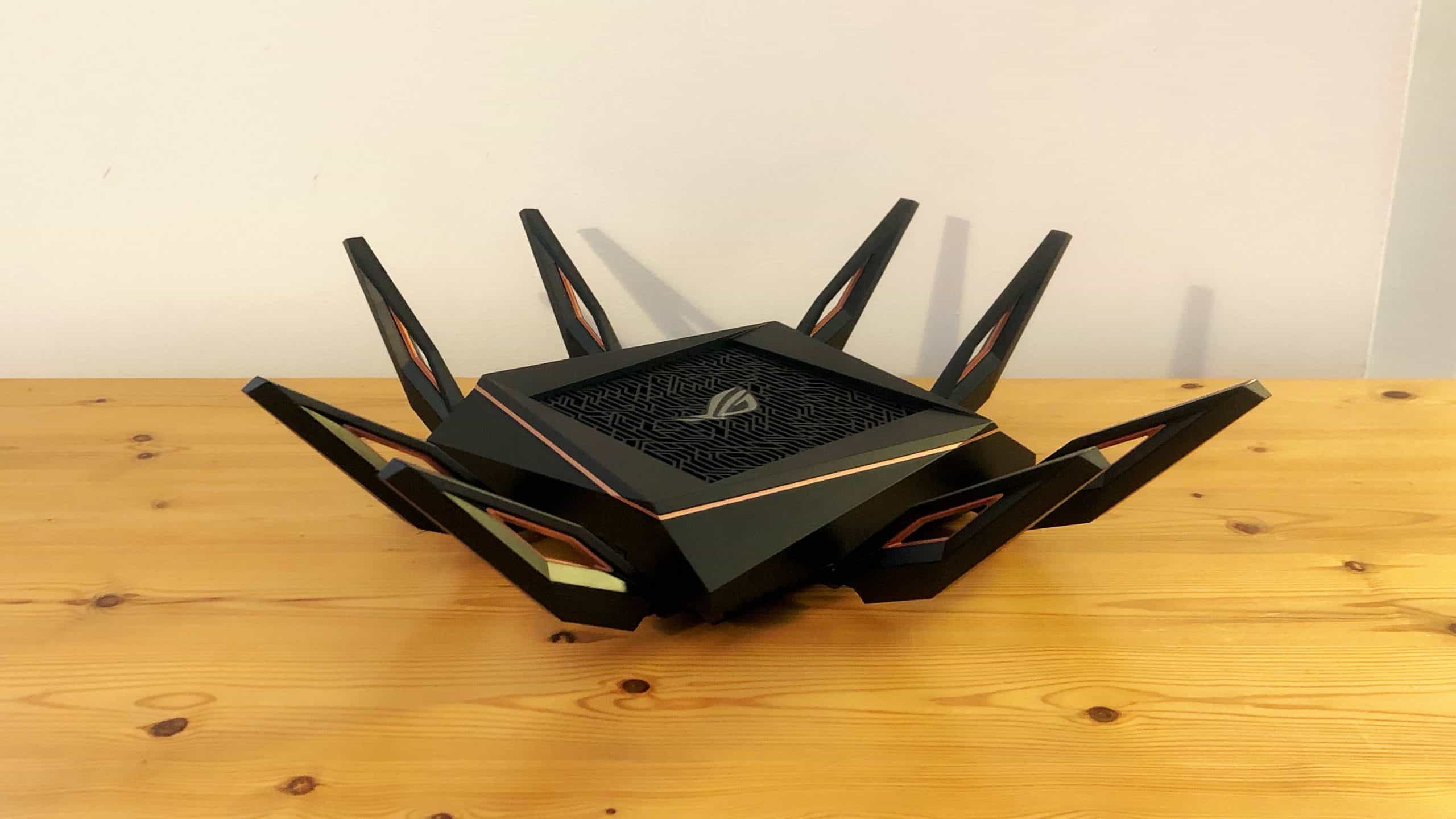If you are experimenting with a variety of wired and wireless connections, you may wonder how many ethernet ports does a router have. The best routers, after all, tend to include a number of ports, including Ethernet ports and USB ports. Keep reading to learn the number of Ethernet ports available on a typical residential router.
KEY TAKEAWAYS:
- Generally speaking, most modern routers feature four Ethernet ports for the purpose of setting up wired devices over wireless devices.
- In some cases, a router may include five or more Ethernet ports, though this is rarely the case when it comes to routers provided by an ISP.
- To get more Ethernet ports, purchase and use an Ethernet hub, otherwise known as an Ethernet switch, to connect more Ethernet devices.
Number of Ethernet Ports on a Router
Most broadband routers include four Ethernet ports, though there are rare cases when there will be five or more ports to choose from. If you are looking to change out a router, you will have to unplug it from the cable modem via the main Internet port. Otherwise, you can use available Ethernet ports to plug in any device you please.
Insider Tip
Four Ethernet ports should be plenty unless you are having multiple people over for laptop-based online gaming sessions.
Adding More Ports
If four Ethernet ports aren’t cutting it and you want more wired connections than the router will offer, there are ways in which to increase your maximum port capacity.
Replace the Router
An easy way to add more ports is to simply replace the ISP router with your own. Internet Service Providers often send out bare-bones routers with a minimal number of Ethernet ports, so you’ll be lucky to get four, as some will include fewer than that. This process should be fairly plug-and-play, though you will have to go through standard setup and installation procedures, such as setting the network name and password.
Ethernet Hubs
Ethernet hubs, otherwise known as Ethernet switches, plug into a pre-existing Ethernet port and essentially split it, adding many more wired connection options. These hubs are relatively inexpensive and easy to use, making them a fine option for increasing the number of ports available via your wireless router. These switches also allow for high-speed connections, so you will reap all of the benefits of using an Ethernet cable to connect to the Internet.
USB Ports
In rare cases, you will be able to connect a similarly featured hub or switch via the USB port. This can come in handy if all of your Ethernet ports are being used by connected devices. These hubs won’t offer the kind of speed and reliability of one connected via Ethernet cable, but they will do the job in a pinch.
F.A.Q.S
Where are LAN ports located?
A router’s Ethernet port, offering gigabit Ethernet connections, is typically located on the rear of the router, though this may vary depending on network switches and other design types.
How many Ethernet ports do I need?
This depends on how many devices you want to have an Ethernet connection to. You could get by with just one if only one Internet connection is needed. When Ethernet ports run out, you can always use the wi-fi network to set up a wi-fi signal.
What does a LAN port look like?
A LAN port is the same thing as an Ethernet port, so you likely know their form factor, as they are the same port exiting your broadband modem to your router.
STAT: If your ISP offers VOIP telephone service, their gateway is likely to also include telephone jacks, making it a 3-in-1 device. (source)
REFERENCES:

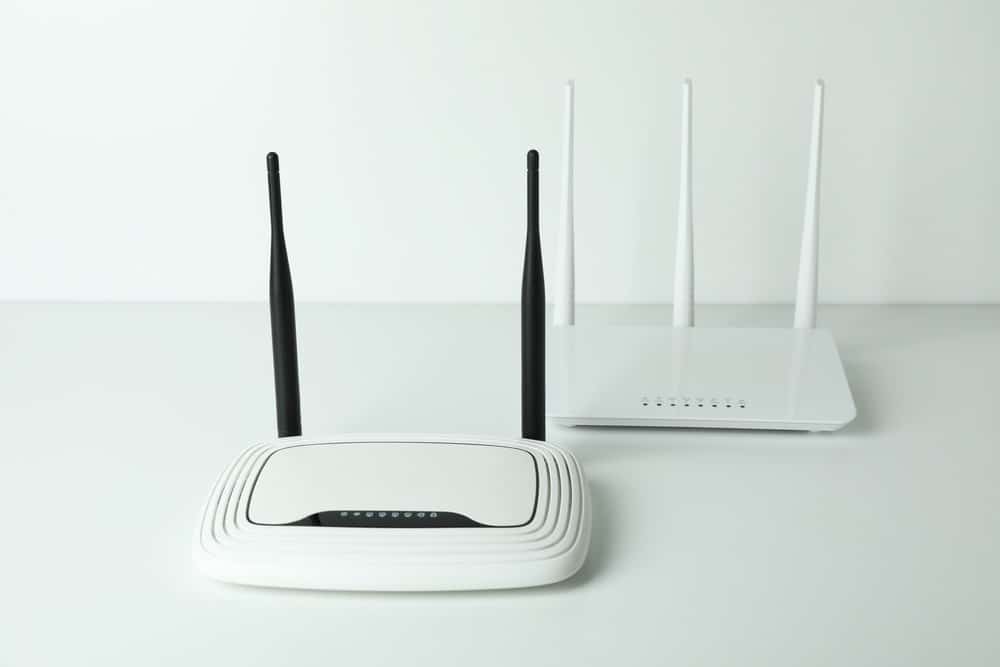













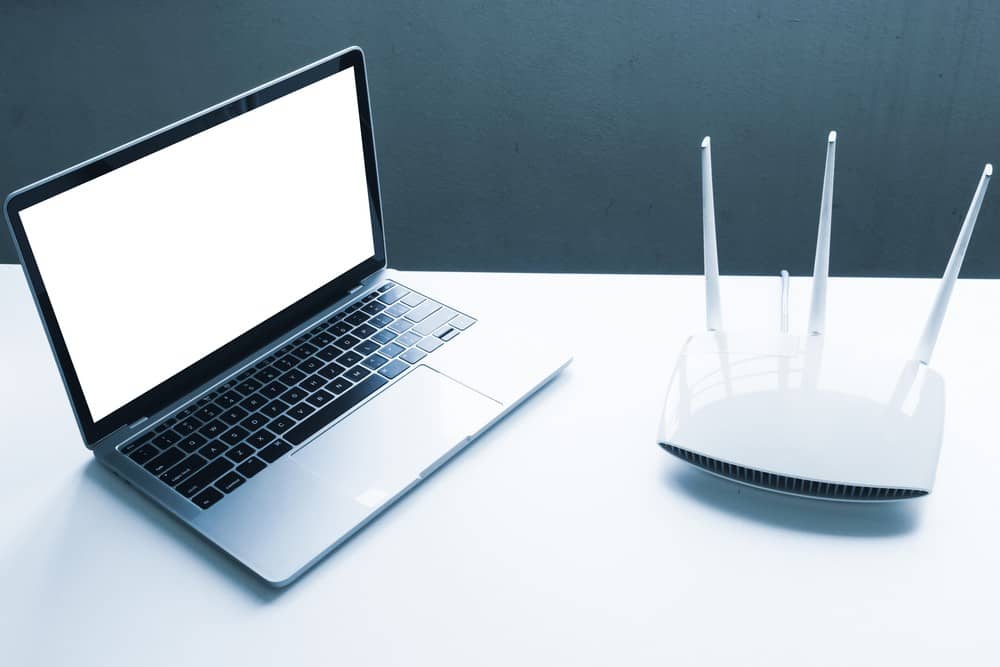
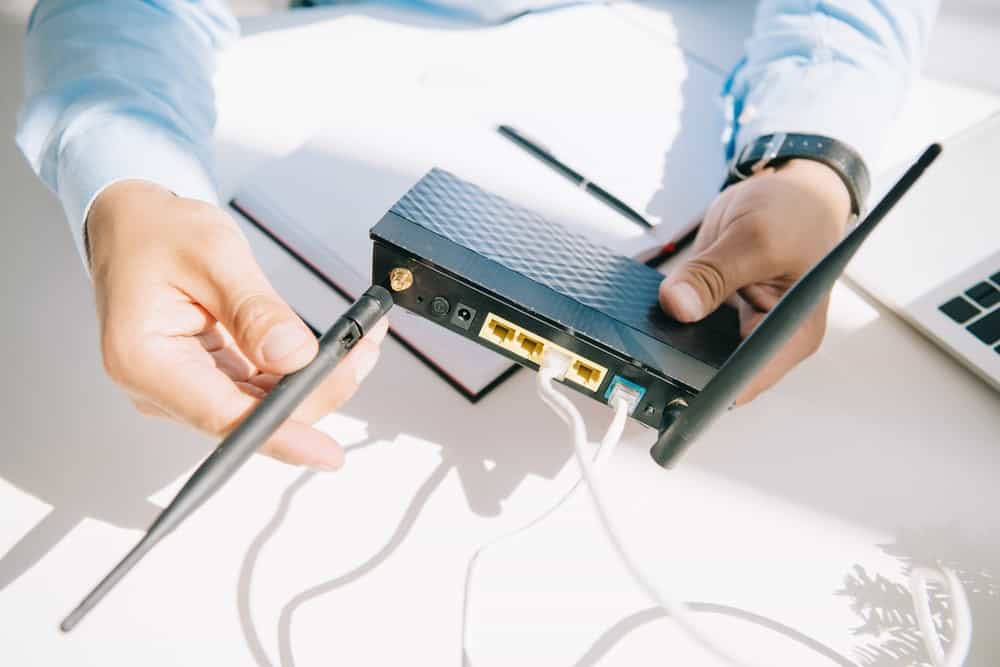
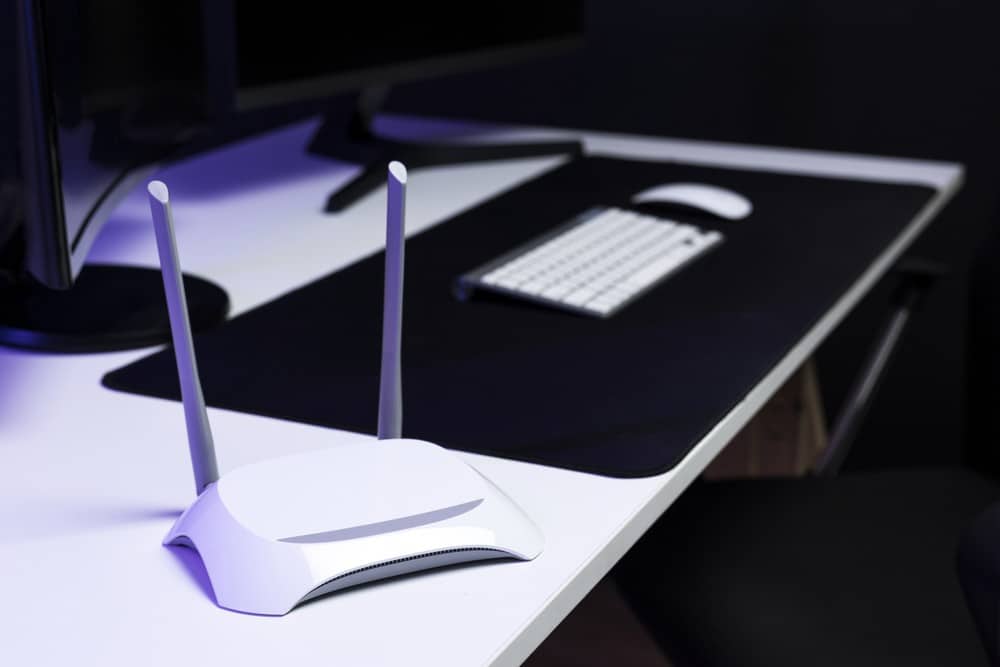
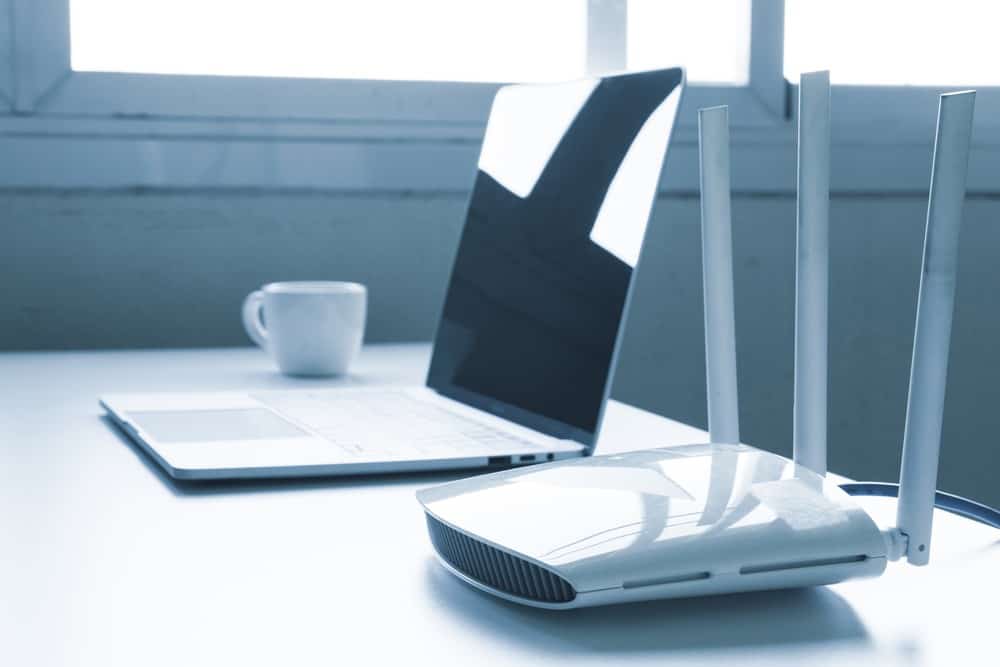

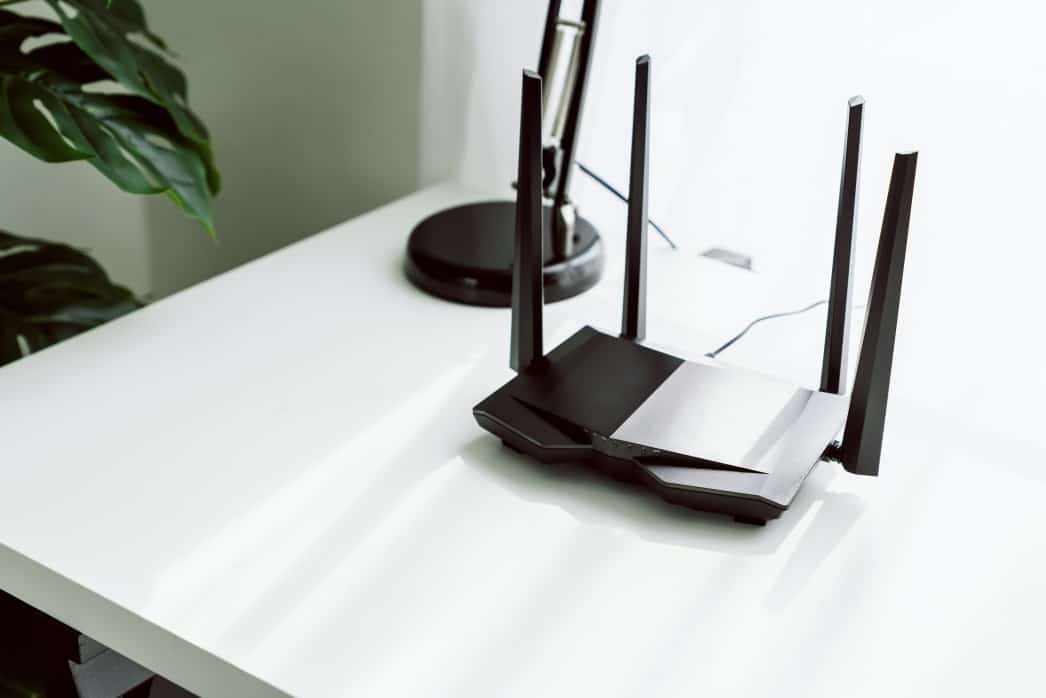
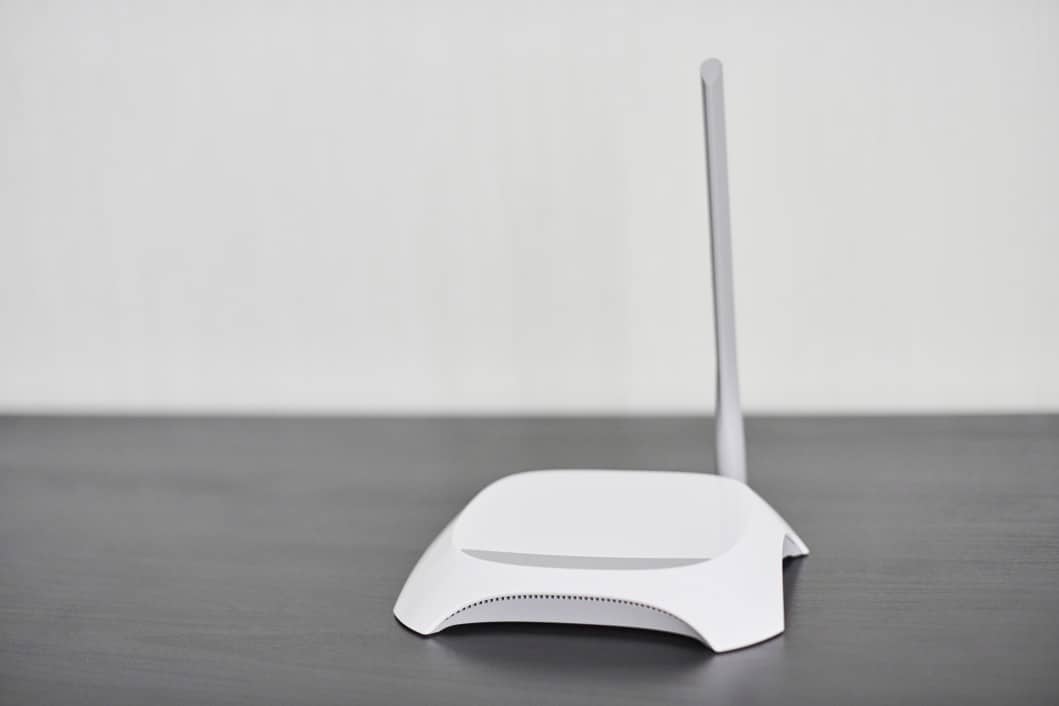
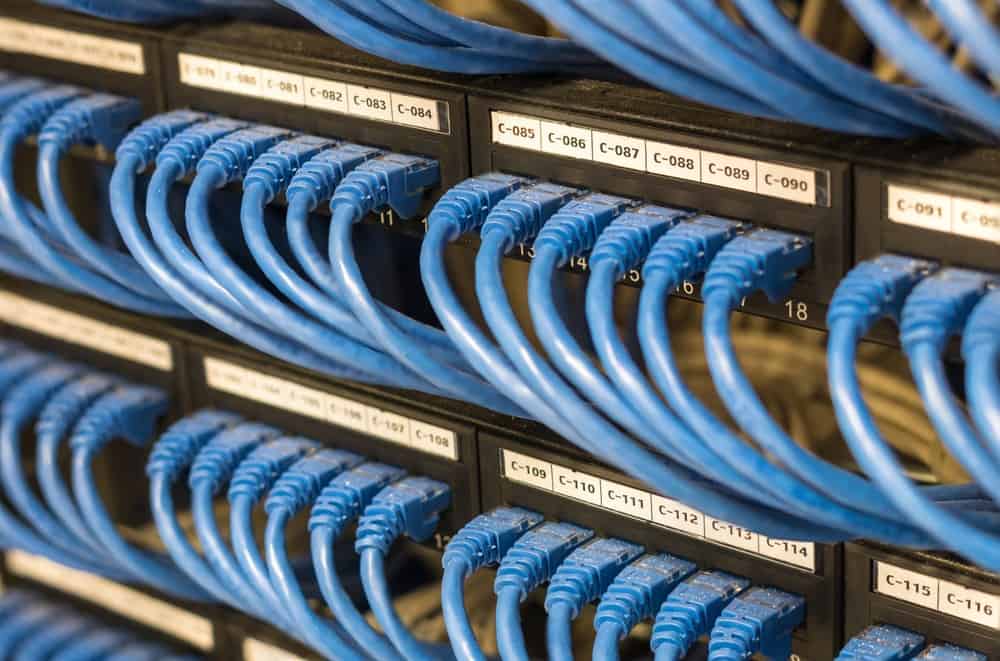
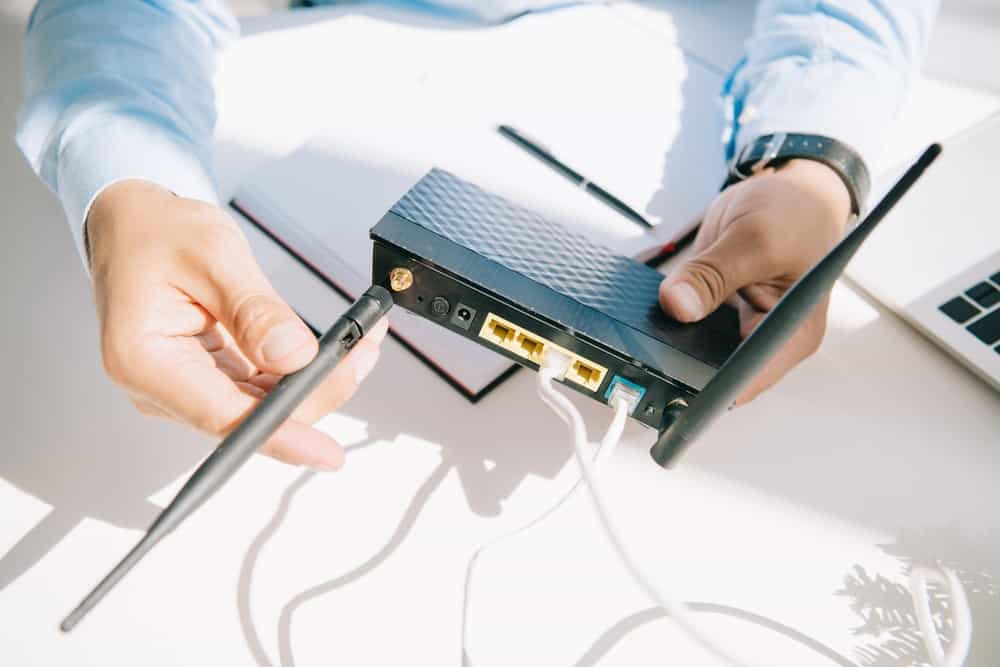
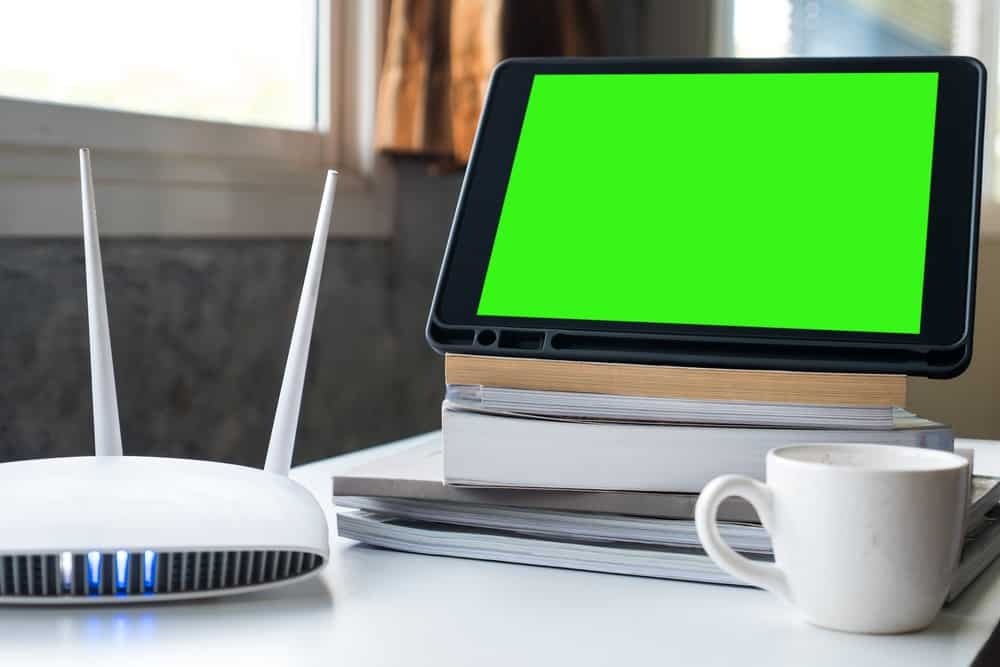
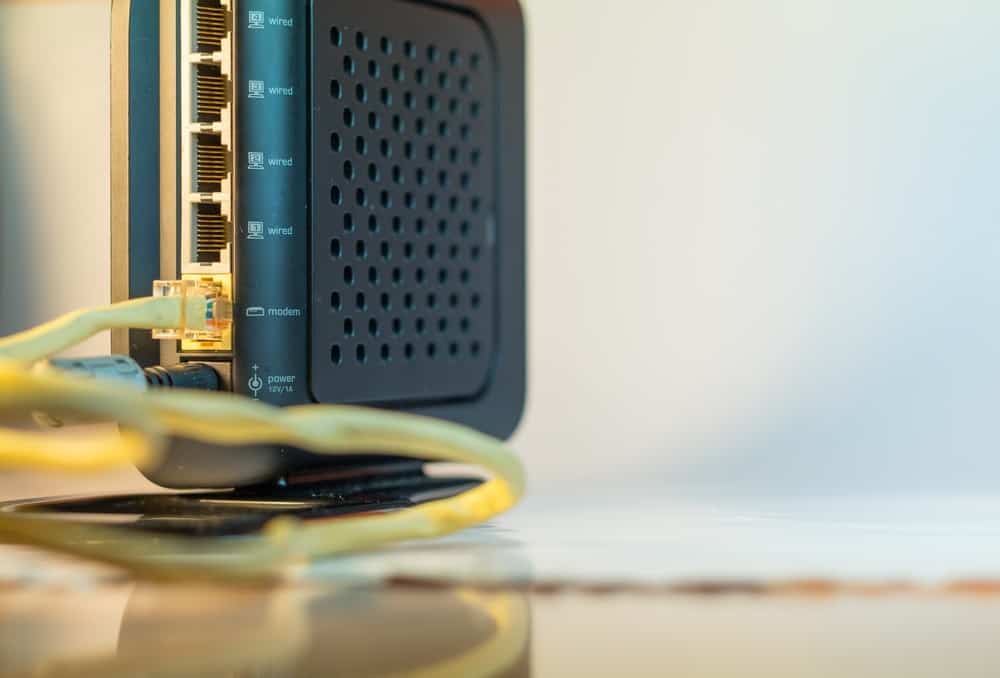

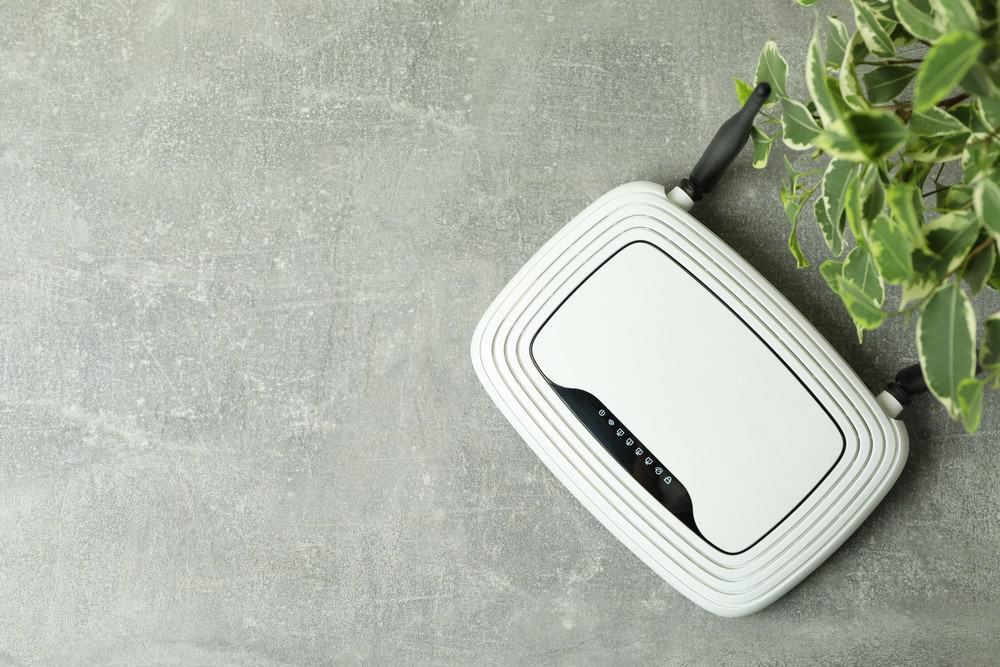
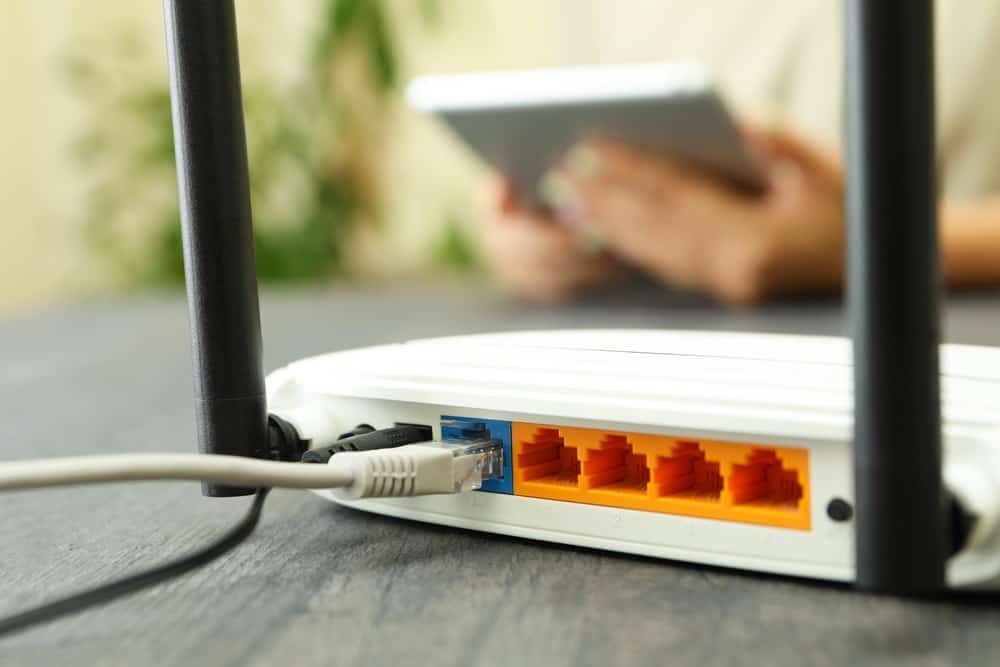
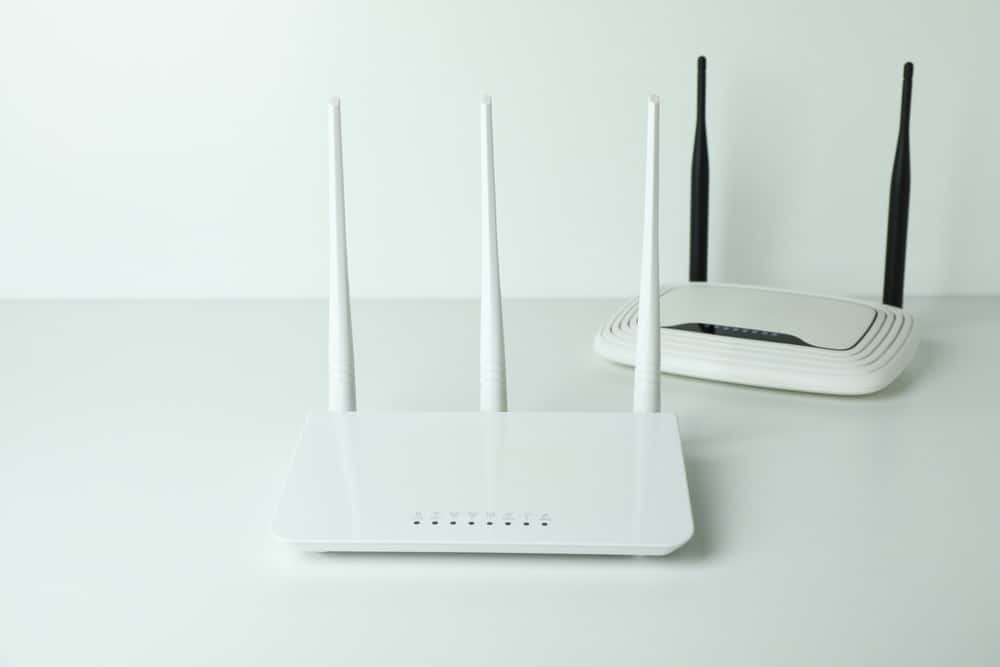
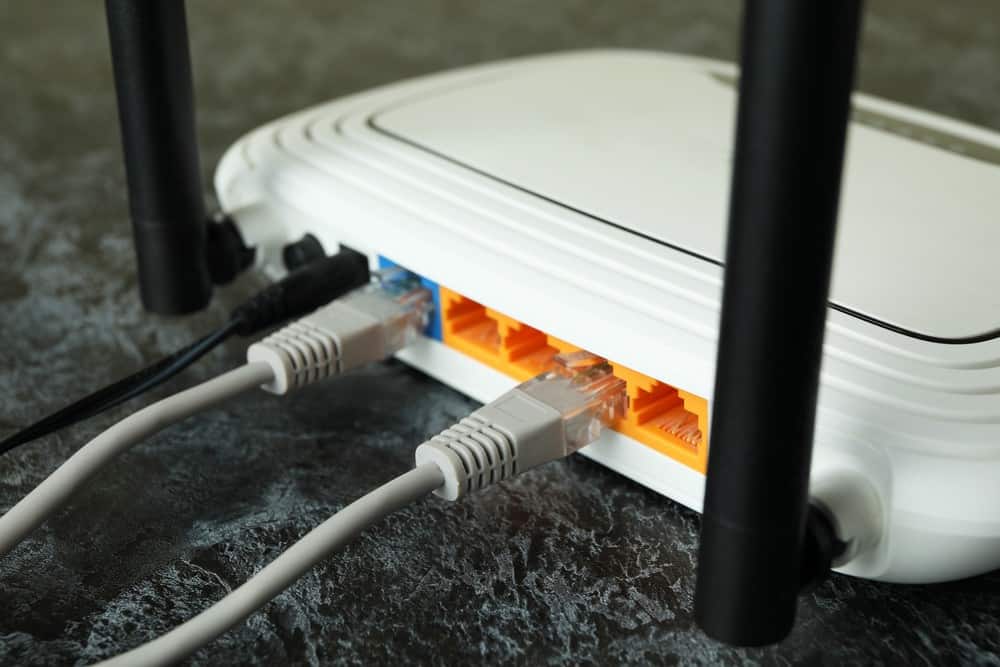
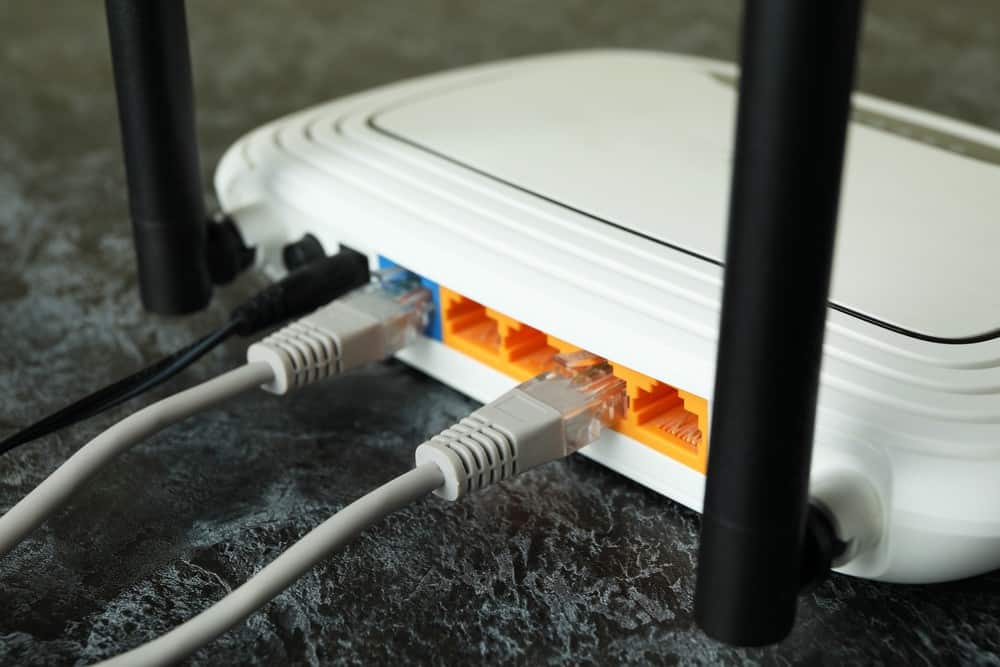
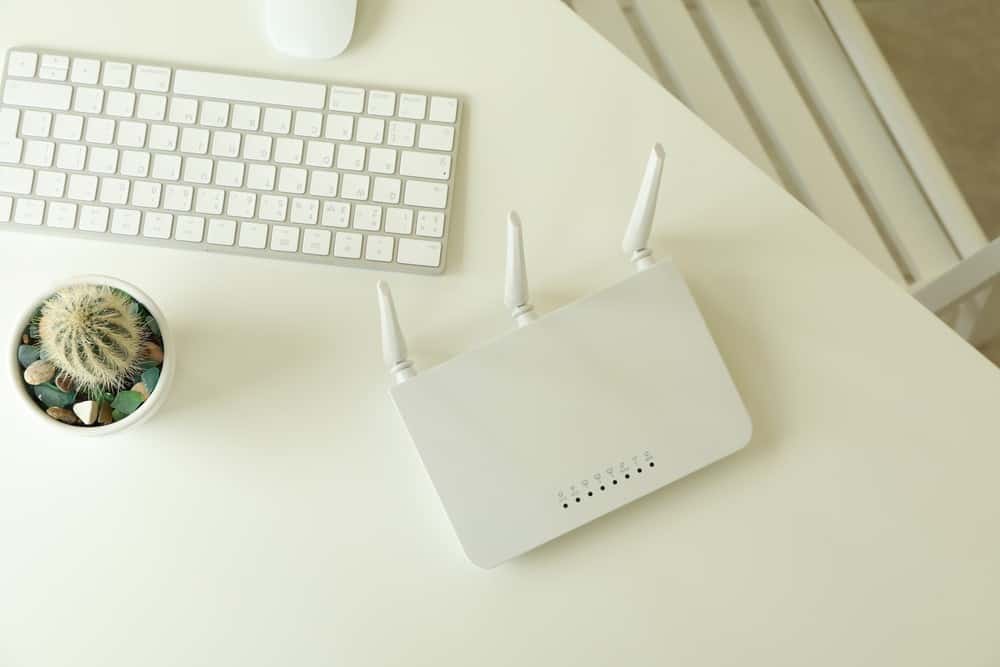
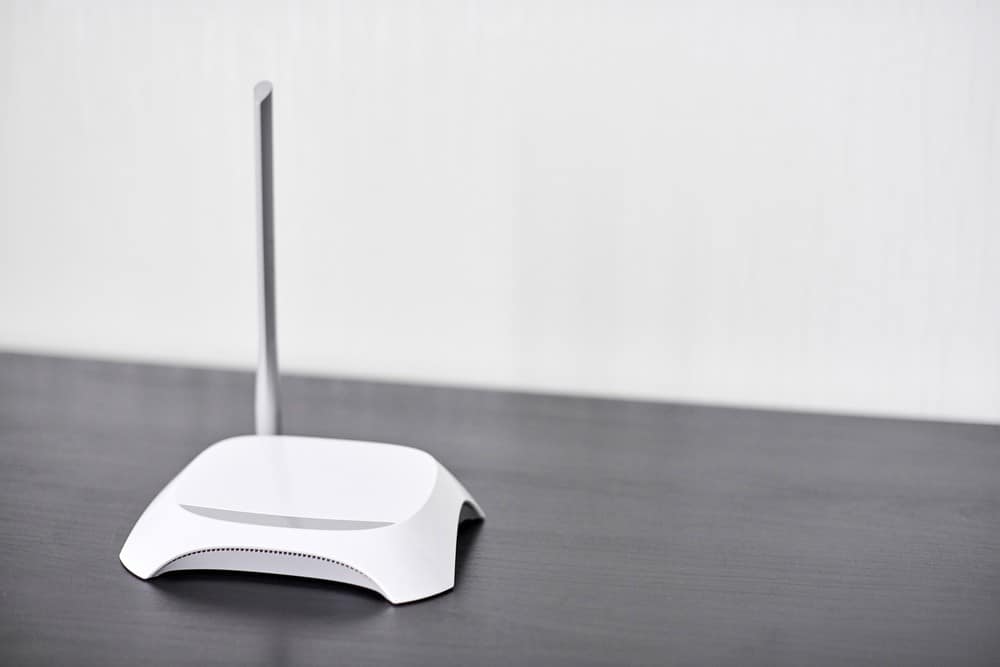
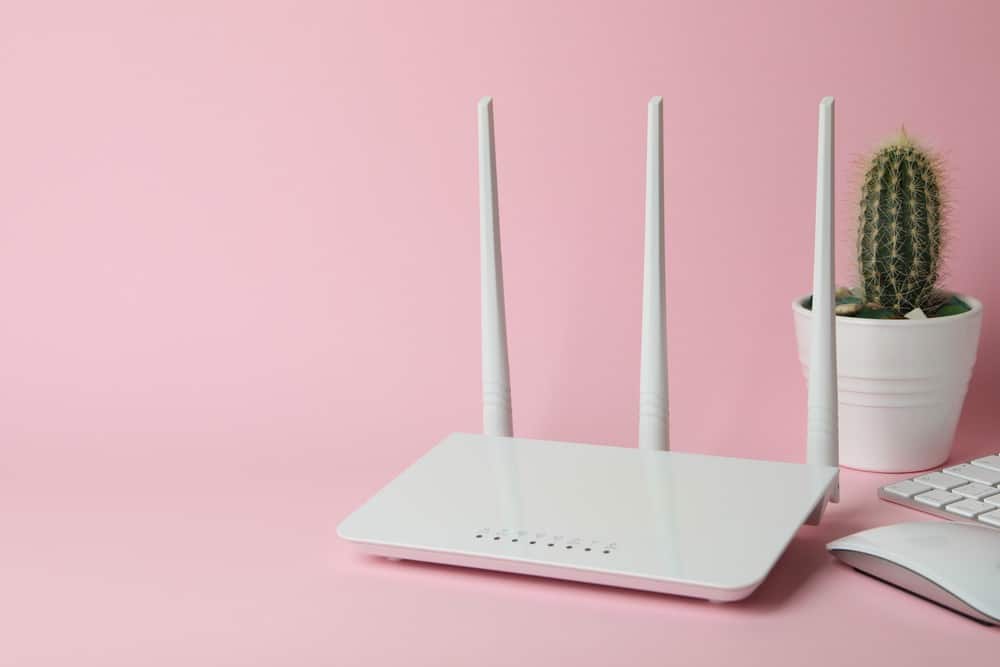
![Best BenQ Monitors in [year] 27 Best BenQ Monitors in 2026](https://www.gadgetreview.dev/wp-content/uploads/best-benq-monitor-image.jpg)
![Best Wifi Extenders For FiOS in [year] 28 Best Wifi Extenders For FiOS in 2026](https://www.gadgetreview.dev/wp-content/uploads/best-wifi-extender-for-fios-image.jpg)
![Best Fiber Optic Routers in [year] 29 Best Fiber Optic Routers in 2026](https://www.gadgetreview.dev/wp-content/uploads/best-fiber-optic-router-image.jpg)
![Best VoIP Routers in [year] 30 Best VoIP Routers in 2026](https://www.gadgetreview.dev/wp-content/uploads/best-voip-router-image.jpg)
![Best Routers for 200Mbps in [year] 31 Best Routers for 200Mbps in 2026](https://www.gadgetreview.dev/wp-content/uploads/best-router-for-200mbps-image.jpg)
![Best Routers for Optimum in [year] 32 Best Routers for Optimum in 2026](https://www.gadgetreview.dev/wp-content/uploads/best-router-for-optimum-image.jpg)
![Best Routers for Apple in [year] 33 Best Routers for Apple in 2026](https://www.gadgetreview.dev/wp-content/uploads/best-router-for-apple-image.jpg)
![Best Routers for Frontier FIOS in [year] 34 Best Routers for Frontier FIOS in 2026](https://www.gadgetreview.dev/wp-content/uploads/best-router-for-frontier-fios-image.jpg)
![Best Secure Routers in [year] 35 Best Secure Routers in 2026](https://www.gadgetreview.dev/wp-content/uploads/best-secure-router-image.jpg)
![Best Routers for Google Fiber in [year] 36 Best Routers for Google Fiber in 2026](https://www.gadgetreview.dev/wp-content/uploads/best-router-for-google-fiber-image.jpg)
![Best Routers for Cox in [year] 37 Best Routers for Cox in 2026](https://www.gadgetreview.dev/wp-content/uploads/best-router-for-cox-image.jpg)
![Best Asus Routers in [year] 38 Best Asus Routers in 2026](https://www.gadgetreview.dev/wp-content/uploads/best-asus-routers-image.jpg)
![Best Linksys Routers in [year] 39 Best Linksys Routers in 2026](https://www.gadgetreview.dev/wp-content/uploads/best-linksys-routers-image.jpg)
![Best Routers for CenturyLink in [year] 40 Best Routers for CenturyLink in 2026](https://www.gadgetreview.dev/wp-content/uploads/best-router-for-centurylink-image.jpg)
![Best WiFi Routers for Multiple Devices in [year] 41 Best WiFi Routers for Multiple Devices in 2026](https://www.gadgetreview.dev/wp-content/uploads/best-wifi-router-for-multiple-devices-image.jpg)
![Best Wired Routers in [year] 42 Best Wired Routers in 2026](https://www.gadgetreview.dev/wp-content/uploads/best-wired-router-image.jpg)
![Best Routers for 4K Streaming in [year] 43 Best Routers for 4K Streaming in 2026](https://www.gadgetreview.dev/wp-content/uploads/best-router-for-4k-streaming-image.jpg)
![Best Cisco Routers in [year] 44 Best Cisco Routers in 2026](https://www.gadgetreview.dev/wp-content/uploads/best-cisco-routers-image.jpg)
![Best eero Routers in [year] 45 Best eero Routers in 2026](https://www.gadgetreview.dev/wp-content/uploads/best-eero-routers-image.jpg)






